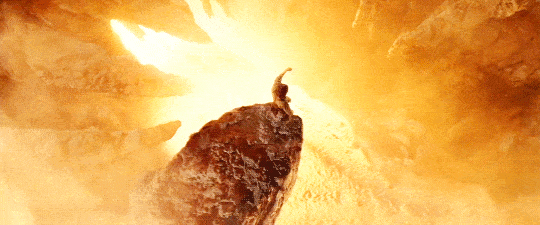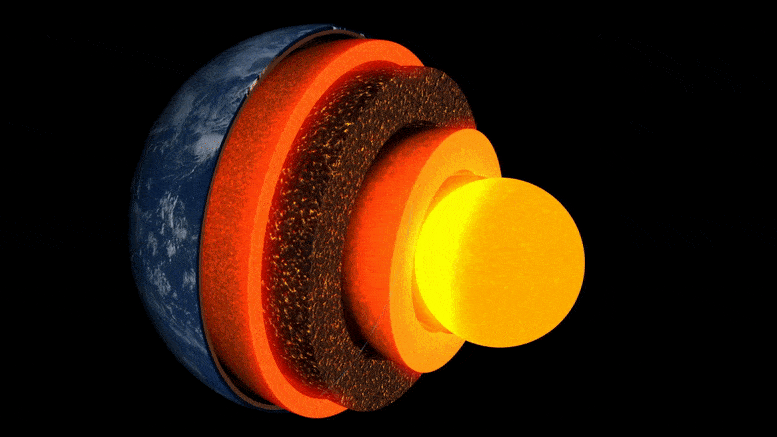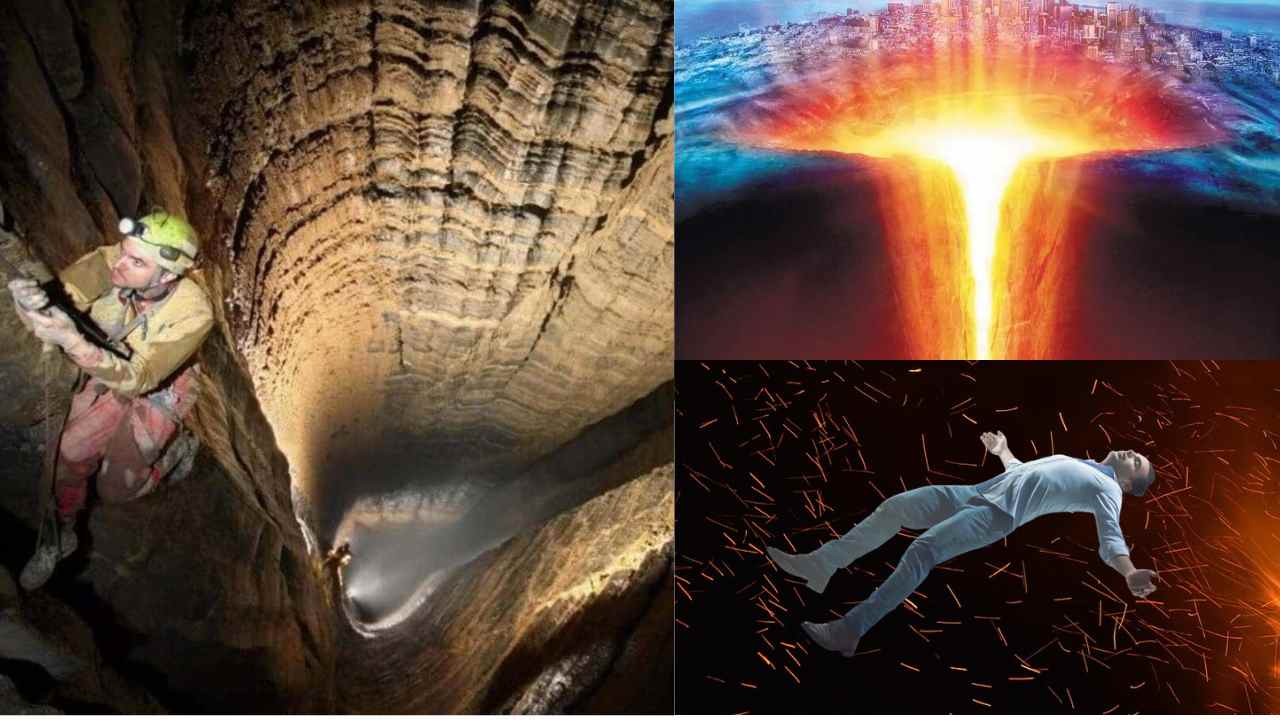The Earth holds many secrets and one of its greatest mysteries lies beneath our feet. It is the center of the Earth. Have you ever wondered what would happen if you could take a journey to this mysterious core? Let’s delve into the hypothetical scenario of traveling to the Earth’s center!
Extreme Heat And Pressure!
To begin this extraordinary journey, it’s better to know about the immense challenges that stand in the way. The Earth’s core is a staggering 3,956 miles beneath our feet.
The Earth’s core is an environment unlike any other. The temperature at its core is hotter than the surface of the sun. It reaches scorching levels of up to 9,941 degrees Fahrenheit (5,505 degrees Celsius). This massive heat is accompanied by crushing pressure, approximately 3.6 million times greater than what we experience at sea level. These conditions are extreme and would destroy any known material.

Journey Through The Layers Of Earth
Now, let’s imagine we can conquer the challenges and embark on this once-in-a-lifetime journey.
Our voyage begins by drilling through Earth’s crust and mantle. A tremendous task given that the crust alone can be up to 40 miles thick. The mantle, beneath the crust, consists of hot, and molten rock. It extends to a depth of approximately 1,800 miles. It makes up about 84% of the Earth’s total volume.
Into the Outer Core: After penetrating the mantle, you find the outer core. Here, temperatures soar to around 9,000 degrees Fahrenheit. The pressure is unimaginable. It is a million times greater than what we experience on the surface.
The outer core is not a stagnant pool; it’s a dynamic realm where molten materials are in constant motion. This movement generates the Earth’s magnetic field. Our magnetic field shields against the sun’s harmful radiation.
Arriving at the Inner Core: If, by some miracle, we continue through the outer core, we’d finally reach the Earth’s inner core. This solid ball of iron and nickel is approximately 758 miles wide. It is hotter and under even more pressure than the outer core.
If we could somehow survive the journey to the center of the Earth, we would find ourselves in a truly alien world. The molten rock would be a glowing orange color, and the iron and nickel core would be a shimmering silver. We would also be able to hear the constant roar of the Earth’s magnetic field.

Weightlessness & Feeling Earth’s Rotation!
Even if we somehow protected ourselves from the extreme heat and pressure, we wouldn’t survive for long. However, during our brief stay, two remarkable phenomena would captivate us.
Weightlessness: At the Earth’s core, gravity would act uniformly in all directions. It renders us weightless. It would be an eerie sensation, unlike anything experienced on the surface!
Feeling The Earth’s Rotation: Our planet spins on its axis every 24 hours. Standing at the core, we’d keenly feel this rotation—a reminder of the ceaseless motion that governs our world.

Exciting Possibilities
The journey to the Earth’s core may seem unreal, but the potential rewards are compelling.
Scientific Insights: By studying the Earth’s core, we could gain invaluable insights into our planet’s formation and evolution. Our ability to understand the Earth’s magnetic field and its role in shielding us from harmful solar radiation would deepen.
Resource Exploration: Additionally, the Earth’s core is believed to harbor abundant energy and mineral resources. If we could devise a safe way to harness these riches, it could revolutionize our energy production and manufacturing capabilities.
Conclusion
The notion of traveling to the center of the Earth is a fascinating one, though fraught with immense challenges. The extreme conditions of heat and pressure, combined with the vast distances involved, make it a journey far beyond our current technological capabilities. Nonetheless, pondering this hypothetical voyage offers a deeper appreciation for the Earth’s mysteries and the incredible science that underpins our understanding of the world beneath our feet.
Also read,







